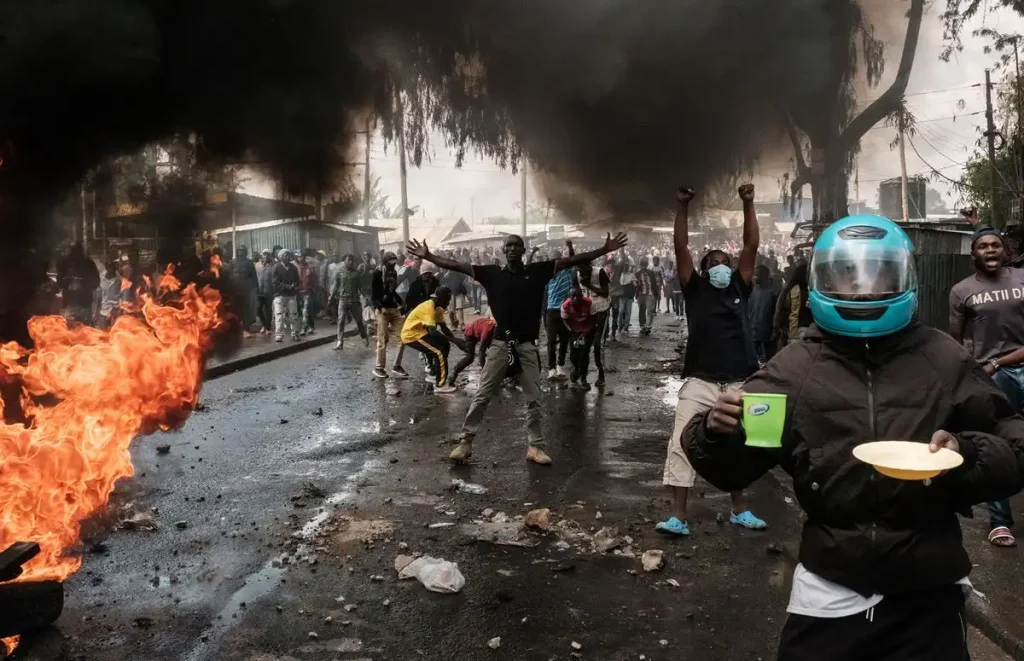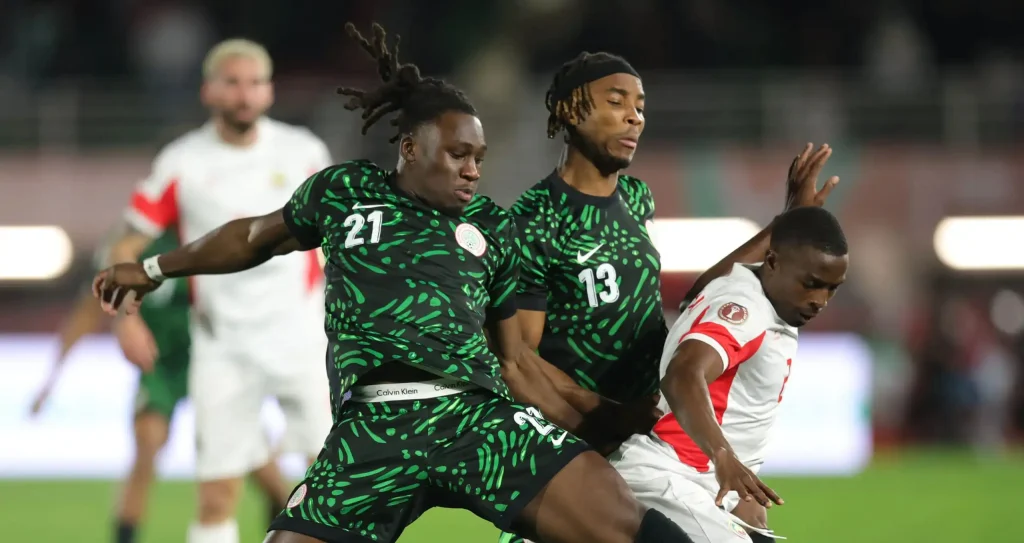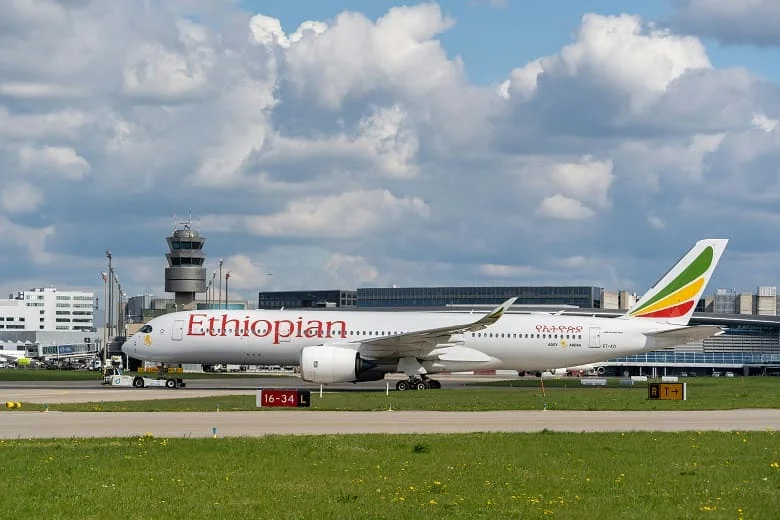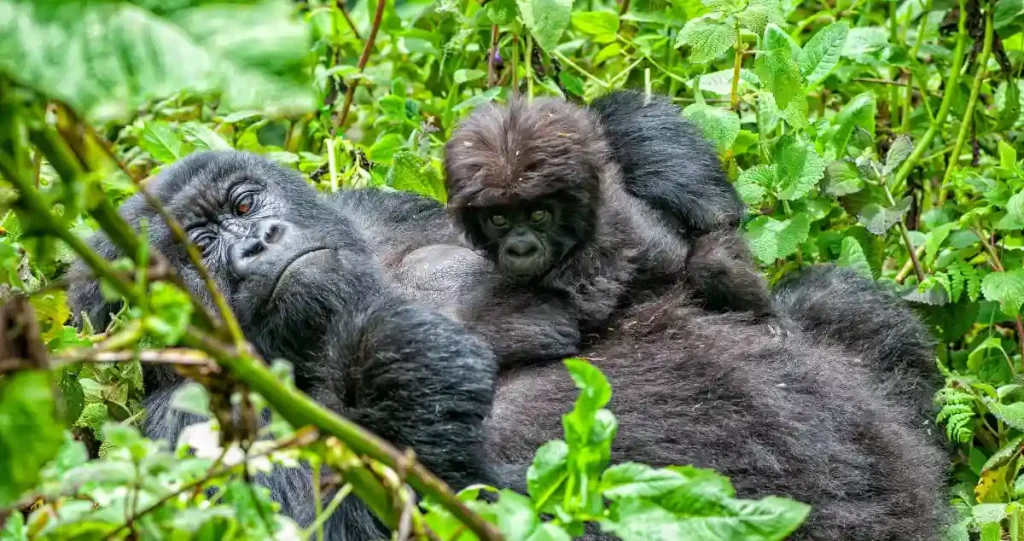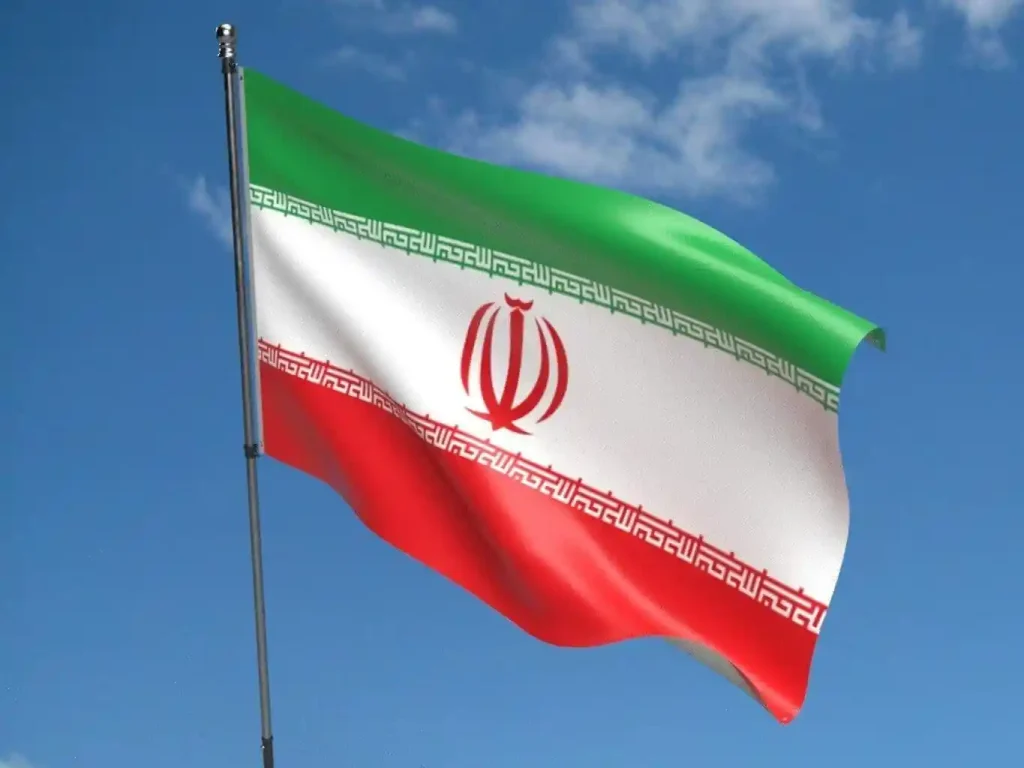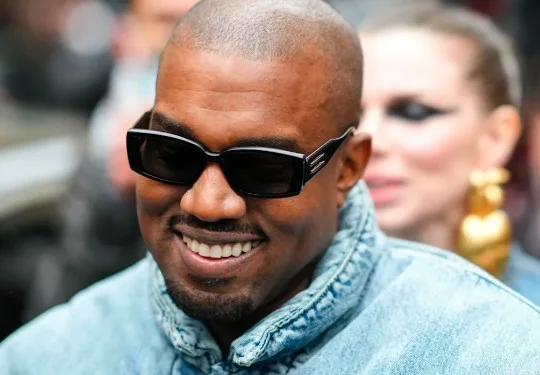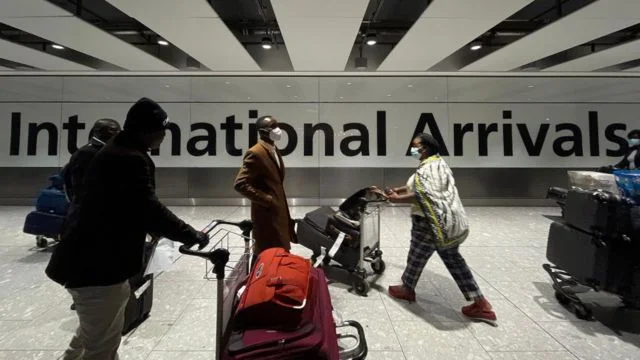Protesters in Kenya have taken to the streets this week, facing police batons, water cannons, and occasional bullets, with a rallying cry of “Ruto wantam” (Ruto one-term).
The protest is aimed at embattled President William Ruto.
He was elected nearly three years ago with promises to protect the poor and end police violence.
Ruto now confronts growing public anger over high living costs, corruption, and police brutality.
This is threatening his re-election prospects in 2027.
Escalating Tensions and Casualties
The protests, marking the 35th anniversary of pro-democracy rallies, turned deadly on Monday, with a government-funded rights group reporting 31 deaths nationwide.
Police used tear gas and water cannons to disperse demonstrators, a response that has fueled further unrest.
Festus Muiruri, a 22-year-old protester in Nairobi, voiced the desperation:
“We can’t feed our families, so we have to be on the street to stop the increasing prices, to stop the abductions, and to stand up for our country.”
The recent death of blogger Albert Ojwang in police custody last month, followed by 19 deaths on June 25, has intensified public outrage.
Gen Z’s Role and Economic Struggles
Unlike past movements, the current protests are driven by Gen Z, a generation educated through free schooling introduced two decades ago.
But facing high unemployment—up to 800,000 enter the job market annually, per Afrobarometer.
Macharia Munene, a professor at USIU in Nairobi, noted, “They have no memory of the rough times” and are adept at questioning authority.
This youth-led movement, mobilized via social media, bypasses traditional opposition parties, challenging Ruto’s administration directly.
Political and Economic Fallout
Analysts warn that persistent economic hardship and allegations of police violence jeopardize Ruto’s 2027 ambitions.
His hardline stance, including Interior Minister Kipchumba Murkomen’s labeling of last month’s protests as a “coup attempt,” has deepened the divide.
The government’s slow response, exemplified by abandoning tax hikes only after parliament was stormed last year, has eroded trust.
Investor confidence in East Africa’s largest economy has plummeted, with business expectations hitting a near-record low in May, according to Stanbic Bank Kenya.
Jervin Naidoo from Oxford Economics cautioned that prioritizing force over dialogue will further disrupt economic activity.
Ruto’s Challenges and Outlook
Despite a strong parliamentary majority and the co-option of former rival Raila Odinga into his government, Ruto’s options are limited.
His increased social spending and youth unemployment programs, alongside declining inflation, may boost his appeal, per Control Risks.
But critics like Javas Bigambo argue the government’s “blind, deaf and dumb” perception among youth could seal a “wantam” fate.
With two years until the next election, Ruto must bridge this gap or leverage incumbency to secure a second term, though the path forward remains uncertain amid ongoing unrest.

